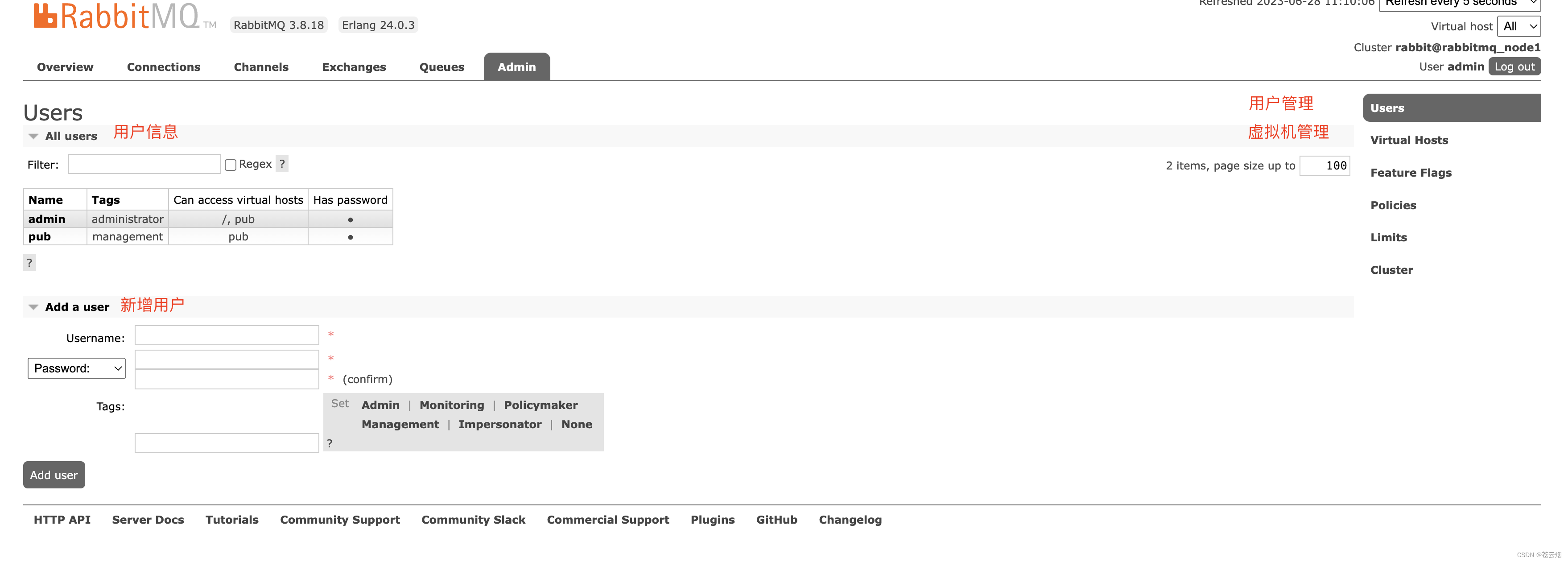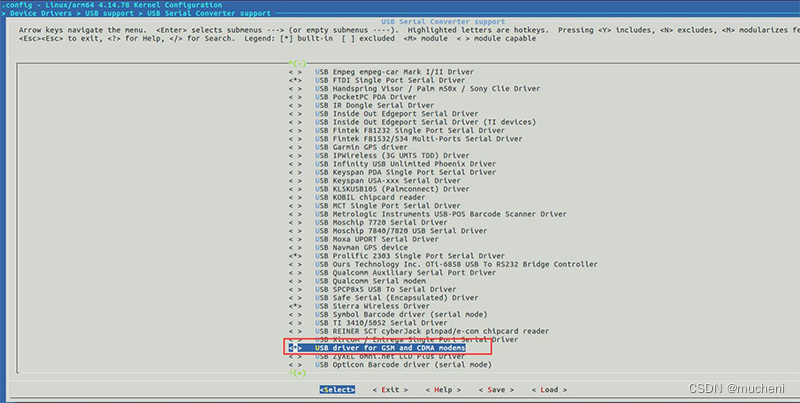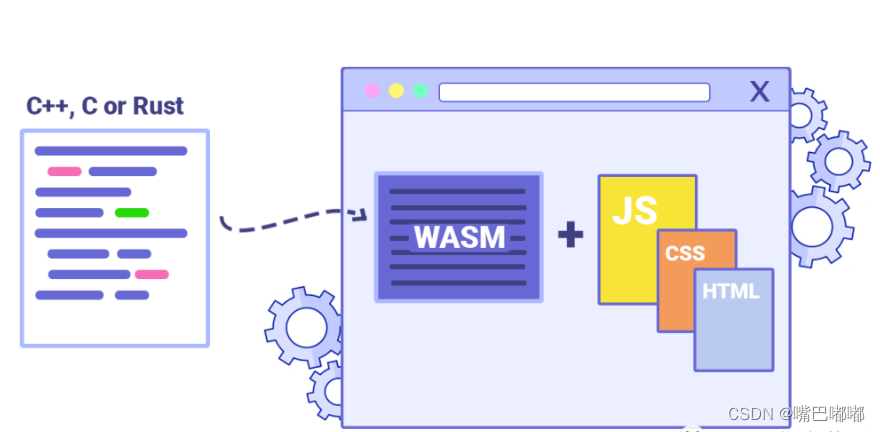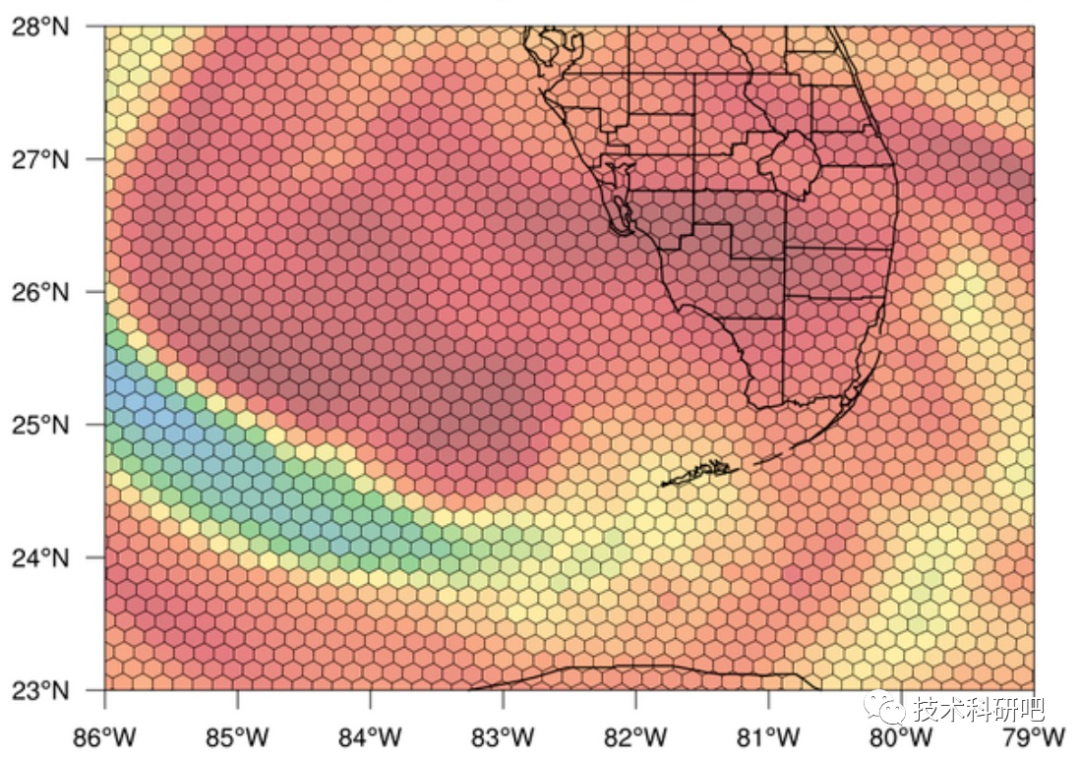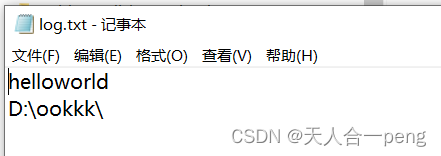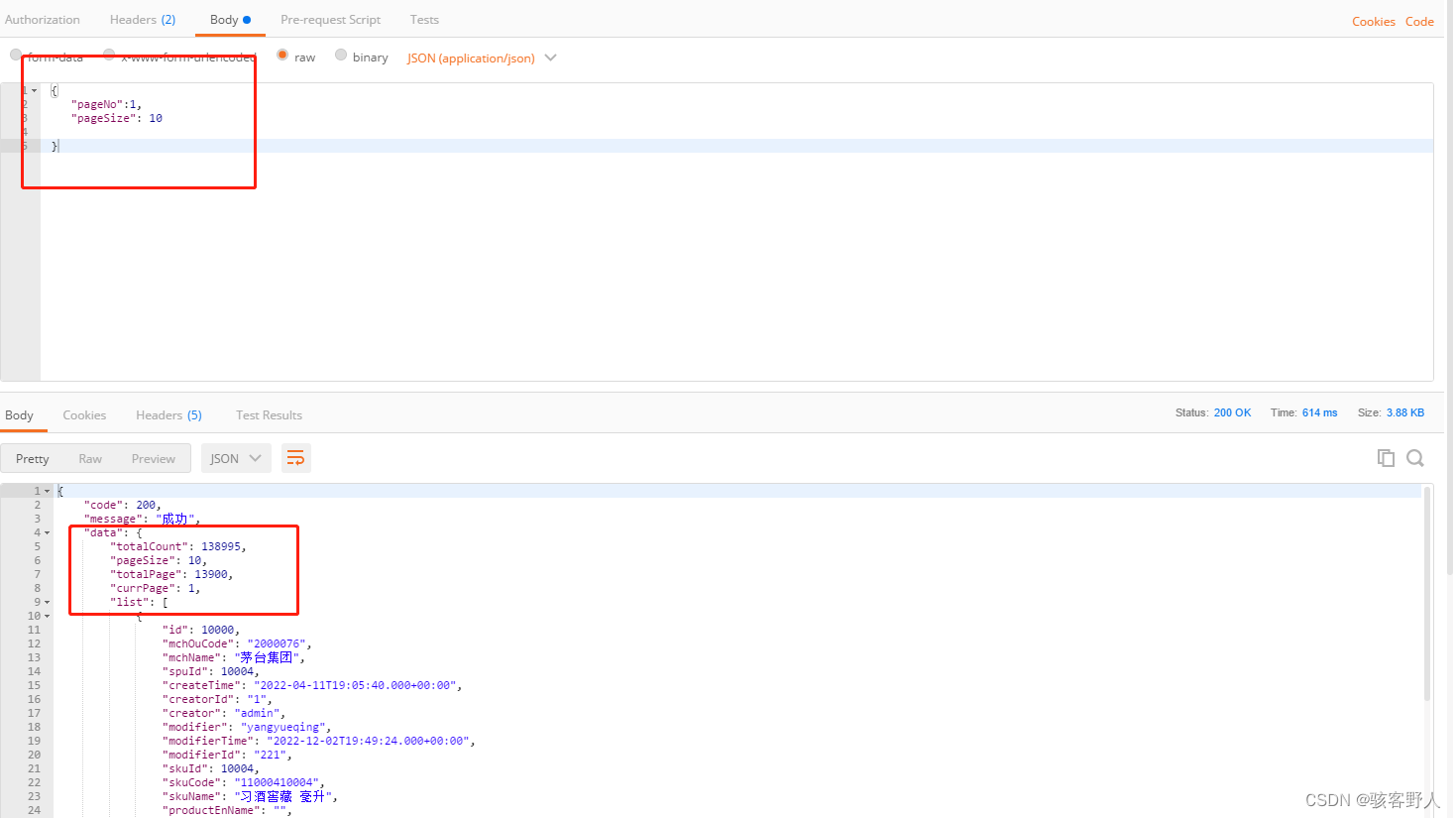字符函数和字符串函数解析及模拟实现
- 1. 求字符串长的函数
- 1.1[strlen](https://legacy.cplusplus.com/reference/cstring/strlen/?kw=strlen)
- 1.2 strlen()模拟实现
- 2. 长度不受限制的字符串函数
- 2.1[strcpy](https://legacy.cplusplus.com/reference/cstring/strcpy/?kw=strcpy)
- 2.1.2 模拟实现
- 2.2 [strcat](https://legacy.cplusplus.com/reference/cstring/strcat/?kw=strcat)
- 2.2.1 模拟实现
- 2.3 [strcmp](https://legacy.cplusplus.com/reference/cstring/strcmp/?kw=strcmp)
- 2.3.1 模拟实现
- 3. 长度受限制的字符串函数
- 3.1 [strncpy](https://legacy.cplusplus.com/reference/cstring/strncpy/?kw=strncpy)
- 3.2 [strncat](https://legacy.cplusplus.com/reference/cstring/strncat/?kw=strncat)
- 3.3 [strncmp](https://legacy.cplusplus.com/reference/cstring/strncmp/?kw=strncmp)
- 4. 字符串查找
- 4.1 [strstr](https://legacy.cplusplus.com/reference/cstring/strstr/?kw=strstr)
- 4.1.2模拟实现
- 4.2 [strtok](https://legacy.cplusplus.com/reference/cstring/strtok/?kw=strtok)
- 4.2.1 如何使用
- 5. 错误信息报告
- 5.1 [strerror](https://legacy.cplusplus.com/reference/cstring/strerror/?kw=strerror)
- 5.1.1 如何使用
- 6. 内存操作函数
- 6.1 [memcpy](https://legacy.cplusplus.com/reference/cstring/memcpy/?kw=memcpy)
- 6.1.1 模拟实现
- 6.2 [memmove](https://legacy.cplusplus.com/reference/cstring/memmove/?kw=memmove)
- 6.2.1 模拟实现
- 6.3 [memcmp](https://legacy.cplusplus.com/reference/cstring/memcmp/?kw=memcmp)


1. 求字符串长的函数
1.1strlen
size_t strlen ( const char * str );
- 字符串以’\0’作为结束标志,strlen函数返回的是在字符串中’\0’前面出现过的字符个数(不包括’\0’)。
- 参数指向的字符串必须以’\0’结束。
- 注意函数的返回值位size_t, 是无符号的。
1.2 strlen()模拟实现
//模拟实现的strlen()函数命名位my_strlen()函数
//模拟实现方法一
//size_t my_strlen(const char* str)
//{
// assert(str);
// int count = 0;
// while (*str != '\0')
// {
// count++;
// str++;
// }
// return count;
//}
//模拟实现方法二:指针-指针
//size_t my_strlen(const char* str)
//{
// assert(str);
// char* start = str;
// while (*str)
// {
// str++;
// }
// return str - start;
//}
//模拟实现方法三:递归
size_t my_strlen(const char* str)
{
assert(str);
if (*str == '\0')
return 0;
else
return 1 + my_strlen(str + 1);
}
2. 长度不受限制的字符串函数
2.1strcpy
char * strcpy ( char * destination, const char * source );
- Copies the C string pointed by source into the array pointed by destination, including the terminating null character (and stopping at that point).
- 源字符串必须以’\0’结束
- 会将源字符串中的’\0’拷贝到目标空间。
- 目标空间必须足够大,以确保能存放源字符串。
2.1.2 模拟实现
//模拟实现的strcpy()函数命名位my_strcpy()函数
char* my_strcpy(char* dest, const char* src)
{
assert(dest && src);
char* ret = dest;
while (*dest++ = *src++)
{
;
}
return ret;
}
2.2 strcat
char * strcat ( char * destination, const char * source );
- Appends a copy of the source string to the destination string. The terminating null character in destination is overwritten by the first character of source, and a null-character is included at the end of the new string formed by the concatenation of both in destination.
- 源字符串必须以’\0’结束。
- 会将源字符串中的’\0’拷贝到目标空间。
- 目标空间必须足够大,能容纳下源字符串中的内容。
- 目标空间必须可修改。
2.2.1 模拟实现
char* my_strcat(char* dest, const char* src)
{
assert(dest && src);
char* ret = dest;
//1.找到目标空间'\0'
while (*dest)
{
dest++;
}
//2. 追加字符
while (*dest++ = *src++)
{
;
}
return ret;
}
2.3 strcmp
int strcmp ( const char * str1, const char * str2 );
- This function starts comparing the first character of each string. If they are equal to each other, it continues with the following pairs until the characters differ or until a terminating null-character is reached.
- 标准规定:
。第一个字符串大于第二个字符串,则返回大于0的数字。
。第一个字符串等于第二个字符串,则返回0。
。第一个字符串小于第二个字符串,则返回小于0的数字。
2.3.1 模拟实现
//模拟实现的strcmp()函数命名位my_strcmp()函数
int my_strcmp(const char* str1, const char* str2)
{
assert(str1 && str2);
while (*str1 == *str2)
{
str1++;
str2++;
}
return *str1 - *str2;
}
3. 长度受限制的字符串函数
3.1 strncpy
char * strncpy ( char * destination, const char * source, size_t num );
- Copies the first num characters of source to destination. If the end of the source C string (which is signaled by a null-character) is found before num characters have been copied, destination is padded with zeros until a total of num characters have been written to it.
- 拷贝num个字符从源字符串到目标空间。
- 如果源字符串的长度小于num,则拷贝完源字符串后,在目标的后面追加0,知道num个。
3.2 strncat
char * strncat ( char * destination, const char * source, size_t num );
- Appends the first num characters of source to destination, plus a terminating null-character.
- If the length of the C string in source is less than num, only the content up to the terminating null-character is copied.
3.3 strncmp
int strncmp ( const char * str1, const char * str2, size_t num );
- 比较到出现两个字符不同或者一个字符串结束或者num个字符全部比较完。

4. 字符串查找
4.1 strstr
const char * strstr ( const char * str1, const char * str2 );
- Returns a pointer to the first occurrence of str2 in str1, or a null pointer if str2 is not part of str1.
4.1.2模拟实现
//模拟实现的strstr()函数命名位my_strstr()函数
char* my_strstr(const char* str1, const char* str2)
{
assert(str1 && str2);
char* cp = str1;
char* s1 = cp;
char* s2 = str2;
if (*s2 == '\0')
return NULL;
while (*cp)
{
//开始匹配
s1 = cp;
s2 = str2;
while(*s1 && *s2 && *s1 == *s2)
{
s1++;
s2++;
}
if (*s2 == '\0')
return cp;
cp++;
}
return NULL;
}
4.2 strtok
char * strtok ( char * str, const char * sep );
- sep参数是一个字符串,定义了用作分隔符的字符集合。
- 第一个参数指定了一个字符串,它包含了0个或多个由sep字符串中一个或多个分隔符分割标记。
- strtok函数找到str中的下一个标记,并将其用’\0’结尾,返回一个指向这个标记的指针。(注:strtok函数会改变被操作的字符串,所以在使用strtok函数切分的字符串一般是临时拷贝的内容并且可以修改)
- strtok函数的第一个参数不为NULL,函数将找到str中第一个标记,strtok函数将保存它在字符串中的位置。
- strtok函数的第一个参数为NULL,函数将在同一个字符串中被保留的位置开始,查找下一个标记。
- 如果字符串中不存在更多的标记,则返回NULL。
4.2.1 如何使用
int main()
{
char arr1[] = "zhenyuWang@yeah.net";
char copy[30];
strcpy(copy, arr1);
char arr2[] = "@.";
char* ret = NULL;
for (ret = strtok(copy, arr2); ret != NULL; ret = strtok(NULL, arr2))
{
printf("%s\n", ret);
}
return 0;
}
5. 错误信息报告
库函数在执行时候,发生错误会将一个错误码存放在errno这个变量中。而errno是C语言提供的一个全局变量。
5.1 strerror
char * strerror ( int errnum );
- 返回错误码所对应的信息。
5.1.1 如何使用
#include <stdio.h>
#include <string.h>
int main()
{
for (int i = 0; i < 10; i++)
{
printf("%d: %s\n", i,strerror(i));
}
return 0;
}
运行结果:

字符分类函数:

字符转换:
int tolower (int c)
int toupper (int c)
6. 内存操作函数
6.1 memcpy
void * memcpy ( void * destination, const void * source, size_t num );
- 函数memcpy从source的位置开始向后复制num个字节的数据到destination的内存位置。
- 这个函数在遇到’\0’的时候并不会停下来 。
- 如果source和destination有任何的重叠,复制的结果是未定义的。
6.1.1 模拟实现
void* my_memcpy(void* dest, const void* src, size_t num)
{
assert(dest && src);
void* ret = dest;
while (num--)
{
*(char*)dest = *(char*)src;
dest = (char*)dest + 1;
src = (char*)src + 1;
}
return ret;
}
6.2 memmove
void * memmove ( void * destination, const void * source, size_t num );
- 和memcpy的差别就是memmove函数处理的源内存块和目标内存块是可重叠的。
- 如果源空间和目标空间出现重叠,就得使用memmove函数处理。
6.2.1 模拟实现
void* my_memmove(void* dest, const void* src, size_t num)
{
assert(dest && src);
void* ret = dest;
if (dest > src)//从后向前拷贝
{
while (num--)
{
*((char*)dest + num) = *((char*)src + num);
}
}
else//从前向后拷贝
{
while (num--)
{
*(char*)dest = *(char*)src;
dest = (char*)dest + 1;
src = (char*)src + 1;
}
}
return ret;
}
6.3 memcmp
int memcmp ( const void * ptr1, const void * ptr2, size_t num );
- 比较从prt1和prt2指针开始的num个字节
- 返回值如下:







